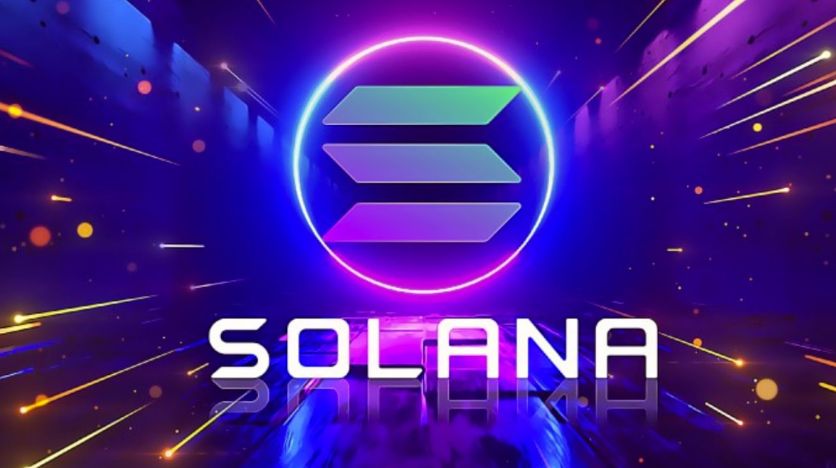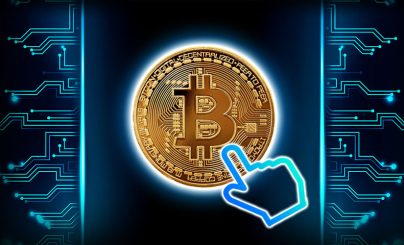Solana is one of the most promising and technologically advanced blockchain platforms in the cryptocurrency world, gaining popularity due to its high transaction speed, low fees, and scalable architecture. Launched in 2020, Solana has become a competitor for giants like Ethereum, offering decentralized solutions for developers, users, and investors. In this article, we will look at the history of Solana, its technical features, ecosystem, advantages, disadvantages, and development prospects.
History of creation
Solana was founded in 2017 by Anatoly Yakovenko, a former Qualcomm engineer with years of experience working with high-performance systems. The idea for Solana stemmed from a desire to solve the scalability problem faced by many first- and second-generation blockchains, such as Bitcoin and Ethereum. Yakovenko wanted to create a system that could process thousands of transactions per second without compromising decentralization or security.
Together with Greg Fitzgerald (also a former Qualcomm employee) and other engineers, Yakovenko developed a unique consensus mechanism called Proof of History (PoH), which became the basis of Solana. In 2018, the project attracted its first investment from funds such as Multicoin Capital, and in 2020, the network officially launched. Since then, Solana has raised billions of dollars in venture capital and has become home to many popular decentralized applications (dApps).
Technical features of Solana
Solana is distinguished by its architecture that allows for high throughput and low latency. Here are the key elements of Solana technology:
1. Proof of History (PoH)
PoH is an innovative mechanism that allows nodes in a network to create a time sequence of events without the need for constant time negotiation between participants. Instead of relying on Proof of Stake (PoS) alone, Solana uses PoH to speed up transaction processing. This reduces overhead and increases efficiency.
2. Proof of Stake (PoS)
Solana uses PoS as the underlying consensus mechanism for selecting validators and ensuring network security. Users can "stake" their SOL tokens to support the network and receive rewards.
3. Tower BFT
Tower Byzantine Fault Tolerance is an optimized version of the BFT algorithm that works in conjunction with PoH to quickly confirm transactions and protect against attacks.
4. Gulf Stream
This technology allows Solana to transfer transactions to validators before the previous block is completed, which significantly speeds up processing.
5. Sealevel
Sealevel is a parallel processing mechanism for smart contracts that allows thousands of contracts to be executed simultaneously, unlike the sequential approach in Ethereum.
6. High throughput
Solana claims to be able to process up to 65,000 transactions per second (TPS), compared to 15 TPS in Ethereum (before the Ethereum 2.0 update). The actual throughput depends on the hardware of the validators, but even in its current state, it is impressive.
7. Low commissions
Thanks to its efficient architecture, the average transaction cost in Solana is only $0.00025, making it attractive for microtransactions and massive use.
Solana ecosystem
The Solana ecosystem is growing rapidly and includes hundreds of projects in various fields: from decentralized finance (DeFi) to non-fungible tokens (NFTs) and gaming. Among the most famous projects:
– Serum: A decentralized exchange (DEX) that uses Solana's speed for trading.
– Raydium: Automated market maker (AMM) with exchange and farming functions.
– Audius: A music streaming platform that uses Solana for fast and cheap transactions.
– Saber: A protocol for exchanging stablecoins.
– Metaplex: A popular platform for creating and selling NFTs.
In addition, Solana supports the development of smart contracts using programming languages such as Rust and C, making it accessible to developers with traditional technical backgrounds.
Advantages of Solana
- Speed and scalability: Solana is one of the leaders in terms of TPS, which makes it ideal for mass use.
- Low costs: Cheap transactions attract both developers and users.
- A powerful ecosystem: A large number of dApps and support from investors contribute to the project's growth.
- Energy efficiency: Thanks to PoS and PoH, Solana consumes significantly less energy than Bitcoin or Ethereum (before the update).
Disadvantages of Solana
- Centralization: Validators require powerful hardware to operate, which can limit the decentralization of the network, as not everyone can afford to become a validator.
- Interruptions in work: In 2021 and 2022, Solana experienced several network outages due to congestion, which led to criticism about its stability.
- Competition: Solana competes with other fast blockchains such as Avalanche, Polygon, and Binance Smart Chain.
SOL token
Solana's native token, SOL, plays a key role in the network. It is used to:
- Payment of transaction fees.
- Staking to support the network.
- Participation in voting on project management.
As of February 2025 (as of the date of this article), the price of SOL depends on market conditions, but the project holds its position in the TOP 10 cryptocurrencies by market capitalization. In 2021, SOL grew in value by thousands of percent, making it one of the most successful assets of that year.
Solana's development prospects
Solana has ambitious plans for the future. The developers are actively working on:
- - Improved network stability.
- Expanding the ecosystem through grants and partnerships.
- Integration with the real world, for example, in the areas of payments and gaming.
With the support of major investors such as Andreessen Horowitz and FTX (before its collapse), as well as growing popularity among developers, Solana is well positioned to remain a leader in blockchain technology. However, its success will depend on its ability to address the issues of stability and competition.
Solana is a breakthrough in the blockchain world that combines high performance, low costs, and extensive developer opportunities.
Despite certain challenges, such as periodic failures and decentralization issues, it remains one of the most promising projects in the crypto industry. For investors, developers, and enthusiasts alike, Solana offers a unique combination of technologies that could change the future of decentralized systems.


